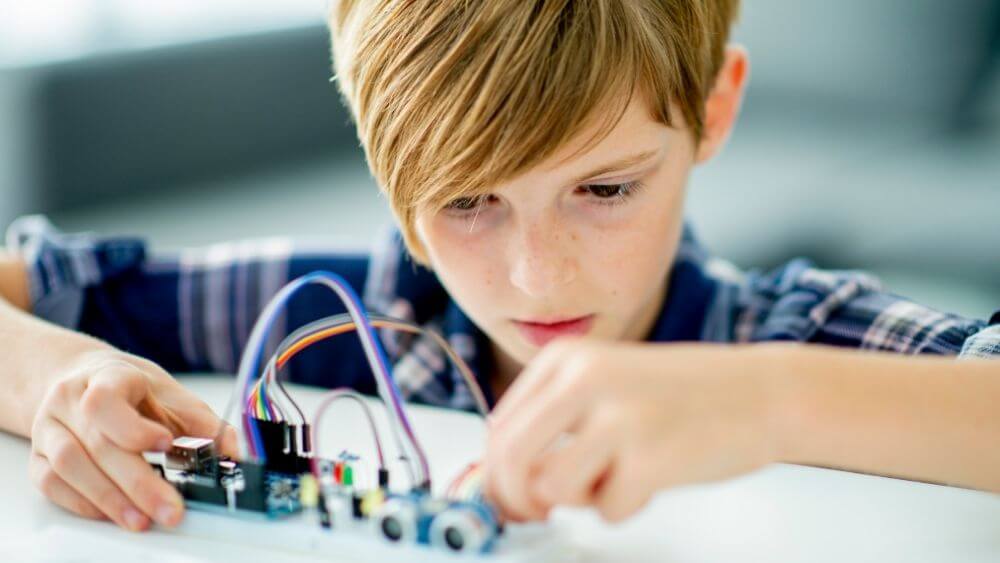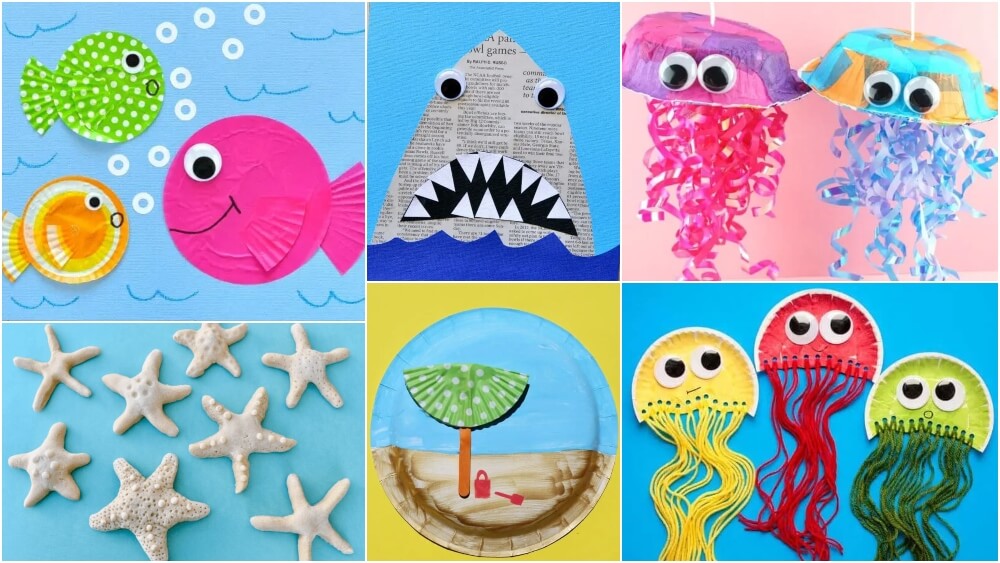Electricity and Circuits

You were sitting at your study table, studying for your science exam tomorrow and the current goes off. You wanted the electricity to come back as soon as possible. Such incidents keep happening and that’s when you realise how important electricity is for you.
Contents
What is Electricity?
Activity 1
Why does that happen??
Electric Cell
- An electric cell is a source of electricity. It produces electricity because of the chemicals stored inside it.
- When the chemicals inside are used up, it stops producing electricity and needs to be replaced with a new cell.
- All electric cells two terminals; a positive terminal at the metal cap and a negative terminal at the other end.
Electric Circuit
- When you connect one terminal of the electric cell to the other terminal, through wires which are connected to a bulb to make it glow, then such an arrangement is called an electric circuit.
- In simple words, a continuous and closed path of an electric current is called an electric circuit.
- In a closed electric circuit, the electric current passes from the positive terminal of the electric cell to the negative terminal.
Electric Bulb
- An electric bulb is a source of light only when electricity is passed through its terminals.
- It has a filament that is connected to its terminals. This filament heats up and glows when electricity passes through it.
Electric Switch
- An electric switch is a link that connects the cell and bulb or completes the circuit. In simple words, it is a device that either breaks the circuit or completes it.
- A switch is used to open or close an electric circuit.
Electric Torch
- An electric torch is a perfect example of a simple electric circuit. It usually has one or more dry cells inside it, which are connected through a switch to a small bulb.
- This bulb emits light when the switch is turned on completing the circuit. And when the switch is turned off, the circuit breaks and the light goes off too.
Conductors
- Materials through which electricity can flow are called conductors. This happens because when current passes through them, the electrons can flow within the conductor from one particle to the other.
Insulators
- Insulators are materials that do not allow the flow of electricity through them. We use them as covering on electrical wire and switches, so that we don’t get electrics shock.






Responses